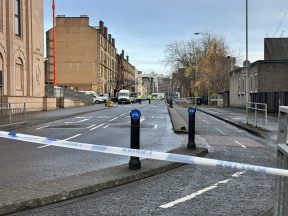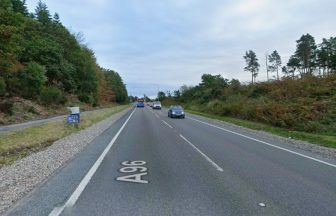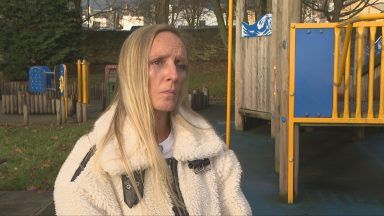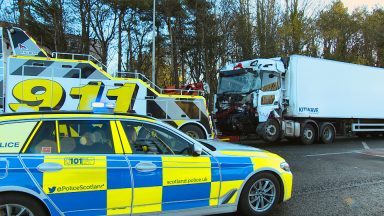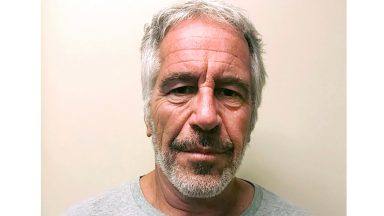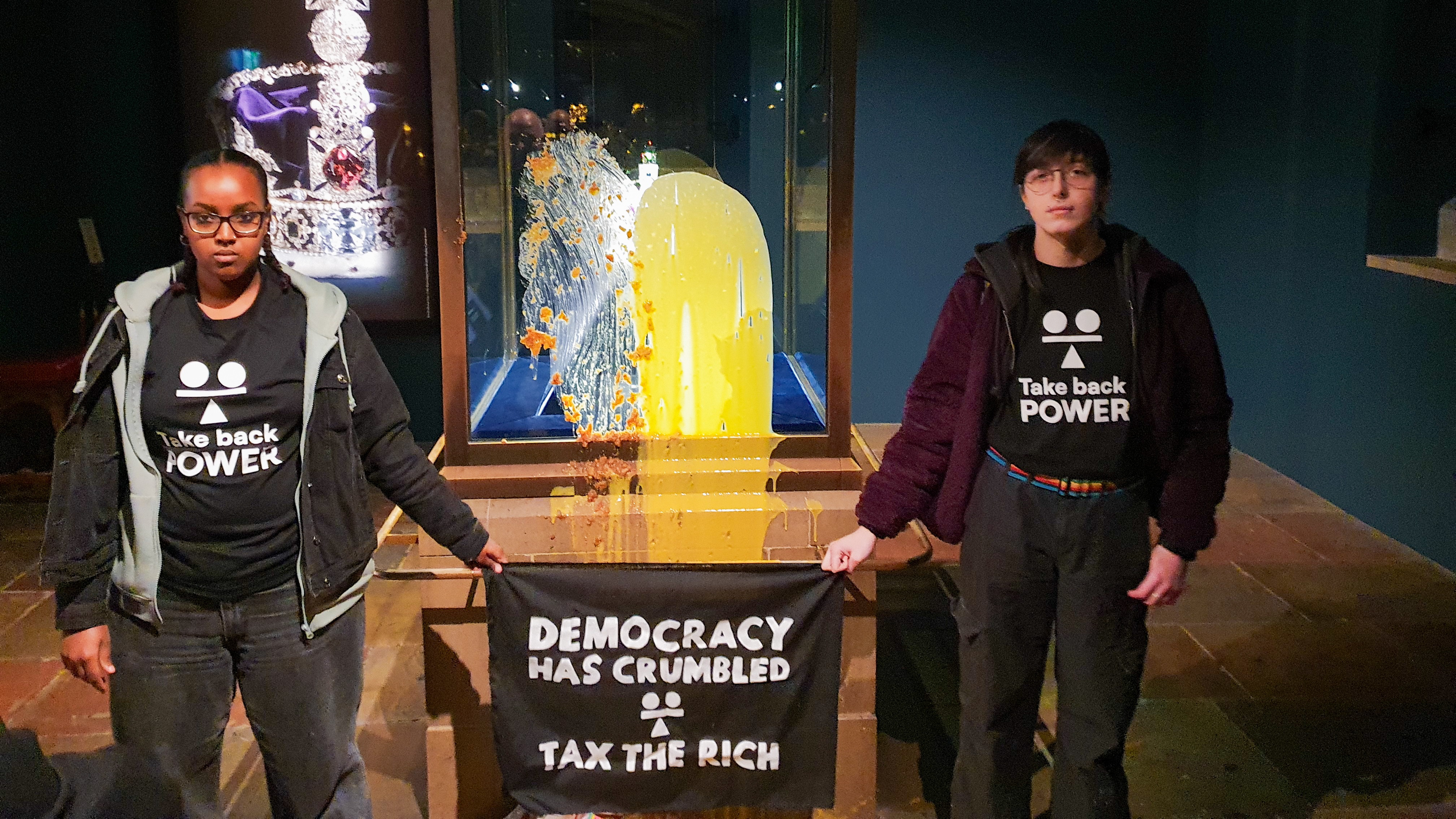Geologists have unveiled “super regions” throughout the UK with the best geological potential to host energy transition technologies, including geothermal energy, and carbon capture and storage (CCS).
The findings, published by the British Geological Survey (BGS), show the UK has an incredibly diverse subsurface, which can play a key role in supporting efforts to reach the country’s legally binding climate goals.
Many areas have geology that is well suited to certain net zero technologies, including shallow geothermal installations or critical minerals occurrences.
But BGS scientists say eight super regions contain subsurface formations and conditions that are favourable to multiple different technologies within a relatively small area.
These are Northern Ireland, the Scottish Central Belt, north-east England, north-west England, the South Yorkshire and Humber region, the East Midlands and East Anglia, South Wales and south-west England.
Here, the subsurfaces can provide a sustainable heat source for geothermal energy, geological formations for secure storage of energy and carbon dioxide (CO2), rocks containing important resources for mineral extraction, and suitable geological foundation conditions for onshore and offshore wind infrastructure projects, the scientists said.
For example, south-west England has significant deep geothermal resources offering opportunities for sustainable heat and power generation while its sedimentary basins provide potential sites for CCS and energy storage, they added.
Meanwhile, the Scottish Central Belt boasts a complex geology, including sedimentary reservoir rocks and significant igneous intrusions, abundant geothermal resources, abandoned coal mines and a legacy of subsurface data, they said.
The BGS said its findings offer crucial insights and a road map for decision makers, ministers and land managers looking to maximise return on investment in the energy transition.
The geologists assessed that strategic spatial planning for such technologies in these areas can help unlock an estimated £40 billion of annual investment and support the Government’s target of creating 650,000 jobs through renewable energy by 2030.
But they added that further investigation will be required to fully establish each of the super region’s true potential, ensure safe deployment of each technology, and understand environmental impact.
Michelle Bentham, BGS chief scientist for decarbonisation and resource management, said: “The UK is incredibly diverse in its geology.
“Because it’s out of sight, geology gets a little bit forgotten about.
“And I don’t think people realise how blessed we are in the UK, if you like, in terms of the geology that could really help us have a sustainable future.
“But you can really see the difference that geology could make to reaching Government goals in terms of net zero, energy provision, clean energy.”
Ms Bentham said funding and the policy landscape may have been barriers to rolling out technologies such as CCS and geothermal energy across the UK.
“In Europe, geothermal energy is used much more widely. In the UK, we don’t use it as widely and it’s always been a bit of a Cinderella of clean energy technologies,” she said.
“And in the North Sea, we could potentially become a hub for carbon storage in Europe for countries that don’t have the right geology who are trying to decarbonise,” she added.
The BGS contributed to the consultation on the Government’s upcoming land use framework, which looks at how England’s finite land can meet the escalating demands of food security, clean energy, nature restoration and new homes.
But the framework is focusing more on surface demands, with some scope for shallow subsurface areas such as geothermal infrastructure.
Ms Bentham said strategic spatial planning for the subsurface could also help optimise the UK’s resources for the energy transition.
For example, it could stop decision makers from locking into one technology – such as wind farms or CCS – in one area where another could have yielded more benefits, or where multiple technologies could have been deployed.
“Like the map, it’s not one technology that’s going to be the answer,” she said.
“That’s why we need this combination to give us flexibility.”
The BGS highlighted that the data underpinning its research has been shaped by geologists’ current understanding of the subsurface, adding that a few parts of the country have been less extensively surveyed than others, and more research is required to fully assess their potential.Show less
Follow STV News on WhatsApp
Scan the QR code on your mobile device for all the latest news from around the country


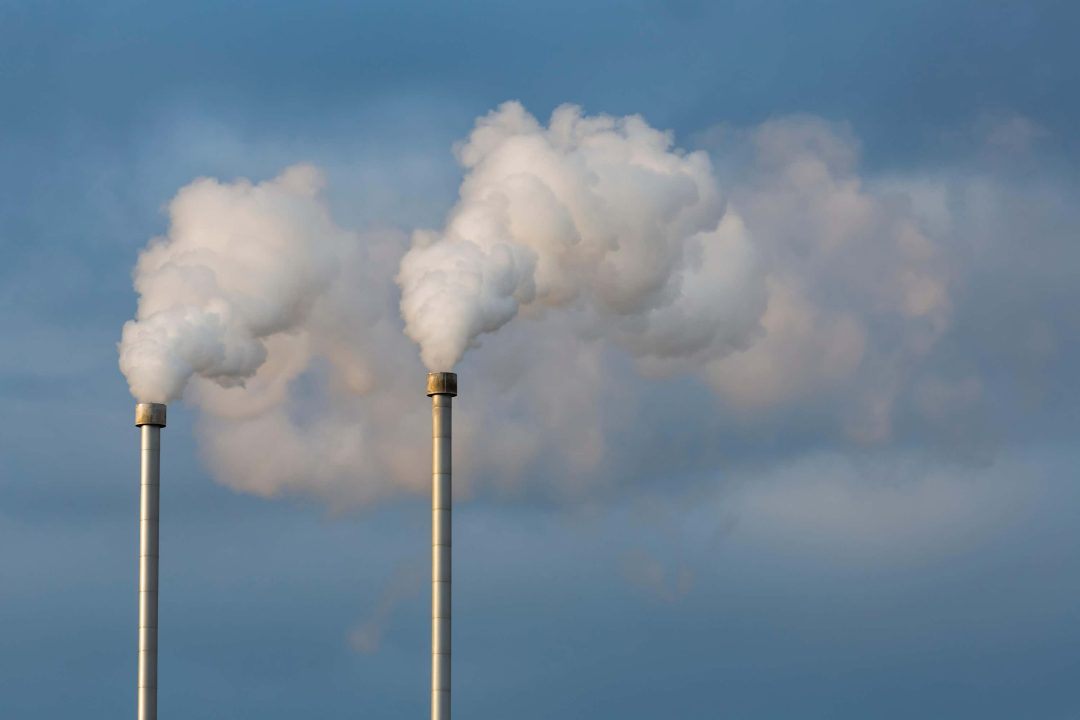 PA Media
PA Media

